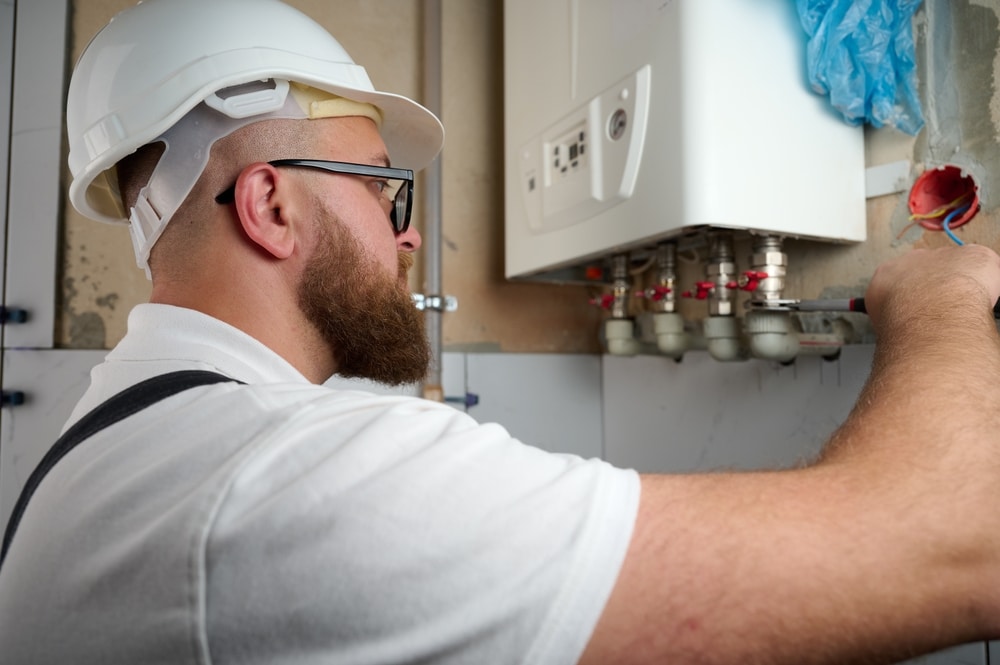
When you’re scheduling routine home maintenance, HVAC probably tops the list, along with cleaning vents and filters, cleaning the garbage disposal, checking for clogs in sinks and tubs, and testing smoke detectors, just to name a few. You may also check your faucets and showerheads for lime, calcium, and sediment build-up from the water supply. If there’s mineral debris where the water comes out, wouldn’t it be a good idea to check where the water goes in?
The humble water heater is often overlooked but needs regular annual maintenance and flushing, like all of your other home appliances. Daily wear and tear on the tank can add up to a nasty cold, rusty surprise when you least expect it. So here are some things to look out for and consider when taking care of your water heater.
-
- First-Time Flushing: You purchased a new water heater about a year ago; now is the time to make sure it’s working and flowing optimally. Whether you have city or well water, sediment builds up in the tank and must be removed by flushing.
- If it’s not flushed, the build-up can make the water heater work harder, increasing your energy bills. Sediment build-up can also cause pipes to burst, loss of water pressure, and the premature breakdown of the water heater itself.
- How Old Is It?: Well-maintained water heaters can last up to ten years, with regular maintenance and flushing. Depending on the size of your household, your heater may need flushing once to four times per year. Scheduling water heater maintenance and flushings with a licensed plumber can save you time and money in the long run and the life of your water heater. If your water heater is over ten years old, you may consider replacing it with a more cost-effective and energy-efficient model. For up to date information, check out this guide by energy.gov
-
- What’s That Exterior Rust: One of the most obvious signs of problems with water tanks is rust circling the exterior bottom of the tank. This rust can mean several things: leaks in the tank itself, where the water tank is sitting is damp, there was a flood or a standing water problem. If there is rust along the top of the tank, a leak comes from a pipe above the tank.
- It’s Not Supposed To Be Yellow: If the water coming from your showerhead or faucet looks rusty or yellow, the tank’s inner lining could be corroded from rusting inside the tank and sediment build-up. Hard water, especially in Kentucky, can shorten the life of a water heater, increase energy consumption, and decrease efficiency. However, regular maintenance and flushing can keep the mineral deposits under control.
-
- If you want to keep your tank clear of mineral deposits completely, consider installing a water softener system in your home. Another cause of rust in water heaters is the anode rod inside the tank corroding. The rod, made of either aluminum or magnesium, deteriorates over time. By checking the rod annually, you can avoid this.
- You’re not off the hook if you have a tankless heater, though. You still need to flush and maintain it once a year for the same reason as a tank–sediments. Those hard water deposits sit wherever they find a place, regardless of size.
Let’s face it; hot water is a beautiful thing–it keeps us clean and healthy, whether we’re bathing, cooking, or washing. What would we do without it? That’s a fear none of us want to face. With proper, professional regular plumbing maintenance from the GreenBox Home Services, will flush the sediment out of your water heater instead of you flushing money down the drain.
Get $30 off when you schedule your water tank flushing and maintenance with GreenBox Home Services: (859) 278-0281










